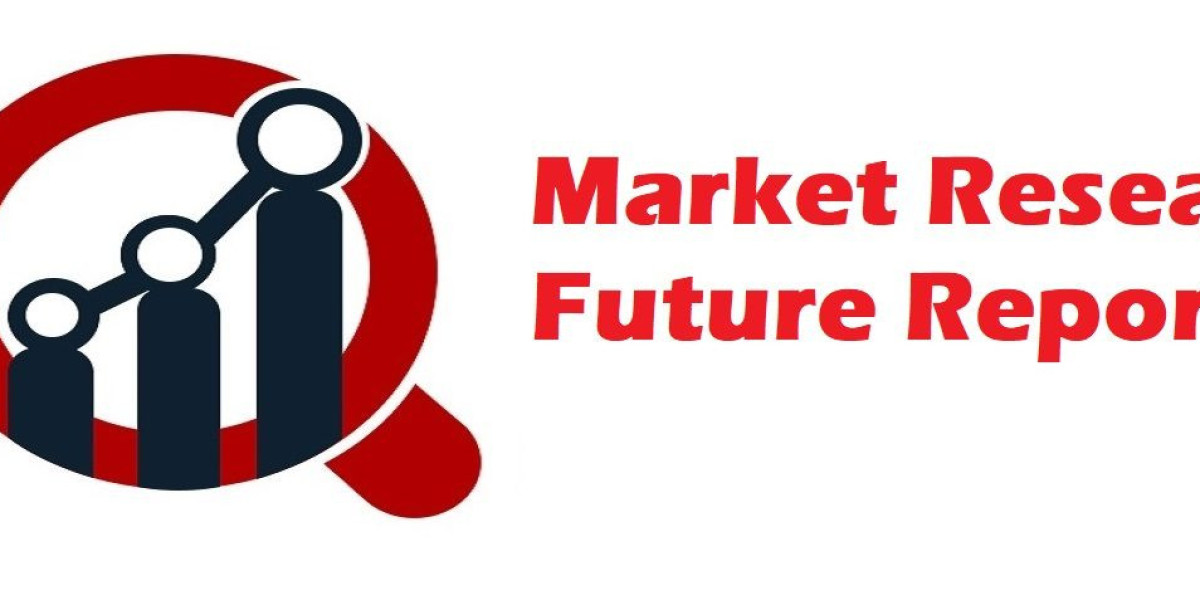Collection agents commonly run across several challenges when managing debt. They have much to do, from managing customer interactions to monitoring and managing account claims. However, managing several activities and deadlines can be challenging while being organized and effective. Financial debt collection companies must manage collections utilizing patched-up CRM technologies to meet these needs. They are not, however, designed expressly to help contact center representatives with a collection.
Agents typically need more organized workflows and guidance on which tasks to prioritize. Additionally, employees of third-party collection agencies must manage increasing deadline pressure as agents demand more information on particular accounts. As a result, the process could be quicker and more successful.
Unusual Methods for collecting debt
Harmonizing several teams and partners requires effort. Businesses may also regularly run across this problem. As a result, conflicting collection strategies reduce overall collection productivity; thus, it is necessary to make the debt settlement procedure transparent.
To solve this issue, it is essential to ensure that all teams, departments, and collaborators have complete access to the same data. Unified processes, communication channels, and data management software can help you accomplish the goal. You must, however, ensure that each stakeholder is conscious of their responsibilities and responsible for their actions.
The team may work together to guarantee their collection processes are effective and reliable if you promote an environment of openness and collaboration.
Improved collections
It is possible to eliminate the inefficiencies in the collections teams' processes and provide more thorough consumer insights by collaborating closely with them. Harmonizing access to data raises a more significant issue, though. Financial debt collection companies can access tools that provide a comprehensive dashboard view of the client and claim data. As a result, teams in charge of collections keep track of client data, schedule work, and interact with other teams.
Data-driven case management enables collection agents to prioritize more complex cases in real-time and improve user experience. Role-based client and claim access enable more precise outcomes when evaluating debt collection efforts.
A simplified user interface, improved data organization, and new automated capabilities that enable collections teams to change their approach to debt recovery lead to a more data-driven strategy.
Improving agent performance
There are several usability benefits for both financial officials and debt management experts:
The platform's capabilities and easy navigation enhance the dialer experience by accelerating real-time work assignment and delivery.
Thanks to the design's straightforward tabs and features, agents are constantly aware of what has to be done and by when which may help them stay on track and meet deadlines.
Managers may modify any agent's job list in real time by adding or deleting jobs on the fly.
Agents now find the success tab and task list more engaging, motivating them to accomplish tasks effectively since they receive encouraging feedback.
These upgrades aim to assist the call center's increased production and effectiveness by improving cooperation, setting clear deadlines, and better planning. Consequently, you can manage every data-collection stage with a wholly integrated system, making data delivery seamless.
Essential KPIs for assembling teams
Excellent day sales
The day sales operational number demonstrates how long it takes a company to receive payments when they are due. The more critical the value, the less successful the surgery could be. An average can demonstrate a technique's effectiveness in identifying cash flow indicators.
Collection Effectiveness Index (CEI)
The collection effectiveness index analyzes the amount collected over a specific period, measured against what was available to recover. This figure is computed over a more extended period.
Profit per client
You may get the profit per account by dividing the total number of past-due accounts by the gross revenues. Only a tiny minority discusses unethical recovery methods. It must be addressed as soon as feasible to decrease the harm brought on by pricey, labor-intensive operations.
Commitment to pay (PTP)
An explicit contract between the client and the collection agent is known as a "Pledge to Pay," in which the borrower pledges to pay a specific sum within a given time frame. When counting the number of calls made to a debtor that resulted in a promise of payment, the pledge to pay is taken into account. The total number of promises received over the same period is divided by the proportion of incoming to pay through inbound calls.
The number of calls an agent must make to the right person is tracked by the 3rd party debt collection agency to determine how effective outbound contact is.
The average sum collected
The effectiveness of the team determines the average amount that each agent earns. This number's variations over a defined period might indicate changes in production and the team's overall effectiveness.
Don't stop with the KPIs you've set
Each collections team must evaluate its performance using the KPIs mentioned above; additional indicators are available when using digital-first collections systems.
With cloud-native technology, agents are better able to monitor performance. Additionally, it enables collection administrators to reorganize their collection strategies. You might also add more tools to your toolkit and alter your recovery plan.
Organizations that collect financial debt now provide multi-channel communication, testing modules powered by AI and ML, predictive modeling, and aggregated dashboards. These services increase the division's transparency and homogeneity.
The data-led approach provides enhanced overall analysis of customer profiles, which results in operational efficiencies that support company operations, including lead generation. Clients also benefit from account management with collections software since personalized interaction techniques enhance user experience.
Data modernization
The rise of neo-banking and the consequences of digital transformation continue to alter the financial sector. Data analysis is therefore becoming an increasingly important component of process optimization. For instance, consumer data provides crucial insights into how consumers behave. This makes it possible for companies to provide better goods and services that please customers. On the other hand, internal data sources may provide insight into how a company runs and reveal whether existing initiatives are having the desired impact.
Data from collections must be readily available, well-organized, and understandable. Unfortunately, most firms find it challenging to achieve this due to a lack of system compatibility, a reliance on labor-intensive manual labor, and ongoing issues with data hygiene.
When businesses seek to maximize the value of their data, they frequently desire to launch expensive data modernization initiatives. The benefits are various; for instance, a third-party collecting agency may speed up data processing and increase productivity by reducing system maintenance costs by moving data to cloud-native platforms. Financial executives can make sensible decisions and provide helpful information with shorter lead periods.
The challenges of data modernization
Data modernization may be a challenging and time-consuming process. The first step for businesses is to create thorough roadmaps for new data architecture. After then, it becomes more important to integrate all the data models and guarantee that their data is correct and well-organized.
Financial institutions use modern data architectures. However, the aim only contains less than 25% of the information that most people will find significant. The process of developing AI becomes more difficult and expensive as a function of the data quality that is produced. You can prevent the delivery of additional capabilities here.
Top challenges
Data of poor quality
A financial institution's data quality could improve by changing data needs and collection techniques, inadequate documentation, and inaccurate data entry.
Data integration problems
Financial organizations should successfully integrate data from many sources. However, merging on-premises and cloud data could be laborious.
Security issues with data
Although moving data to the cloud from on-premises systems provides benefits, it also increases the risk of intrusions. Lenders must follow strong cybersecurity and data management protocols.
Lack of IT knowledge and data
Due to the complexity of the transformation process, businesses frequently need to work with well-credentialed data science professionals in modernization projects. While there is a growing need for data expertise, there is regrettably still a sizable gap in the market.
Poor implementation technique
The implementation of the new system could take longer than anticipated. Furthermore, the new solution could not deliver the systems and tools for data analysis that were first promised, even after it had been implemented.
Final Wrap
It is ideal for working with creative partners knowledgeable about and utilizing new technologies. However, it's more important to be the best choice for companies looking ahead to ensure that their tech stack evolves in lockstep while addressing the evolving client expectations in a world of digital lending.








